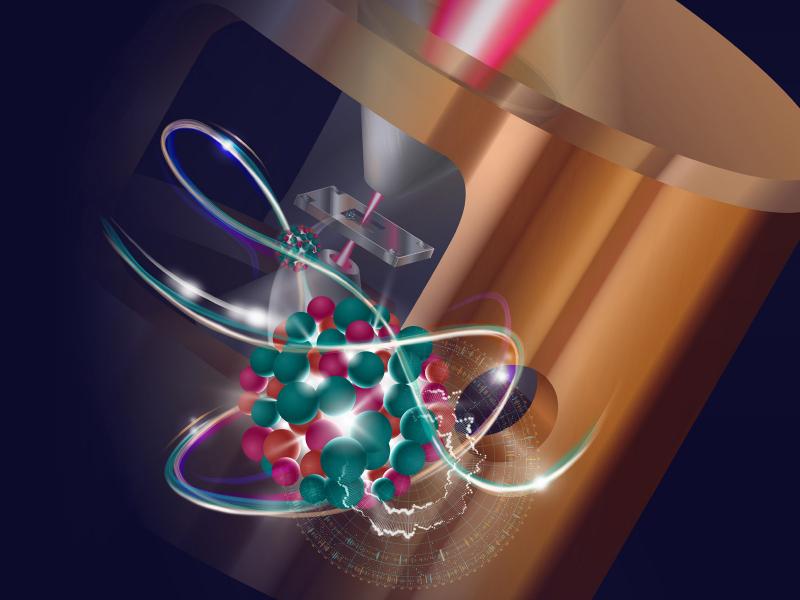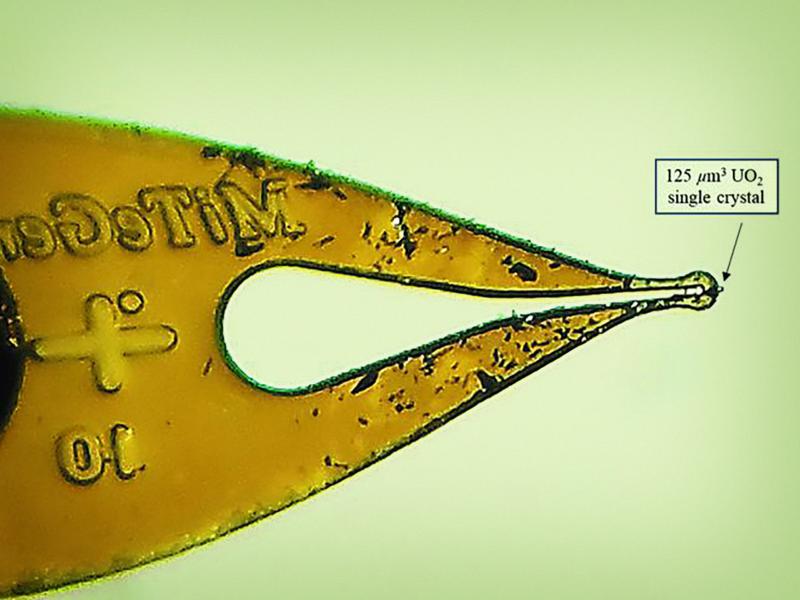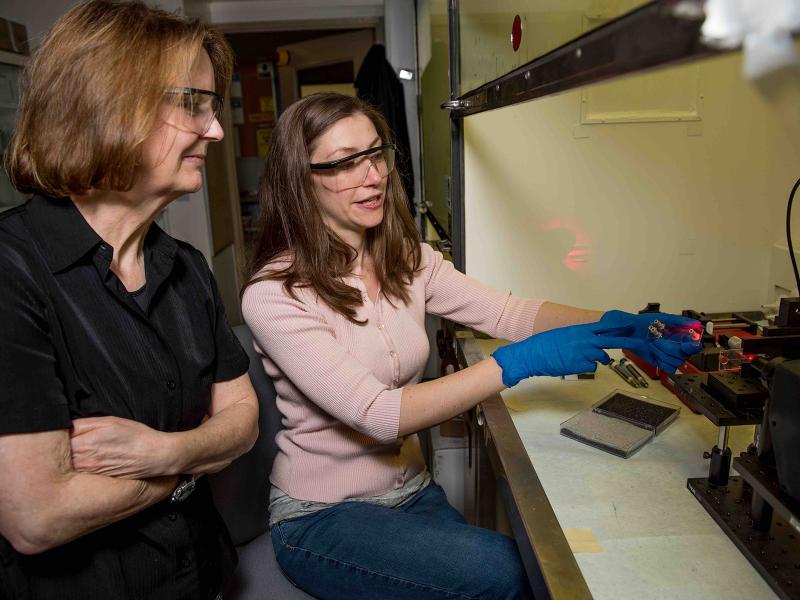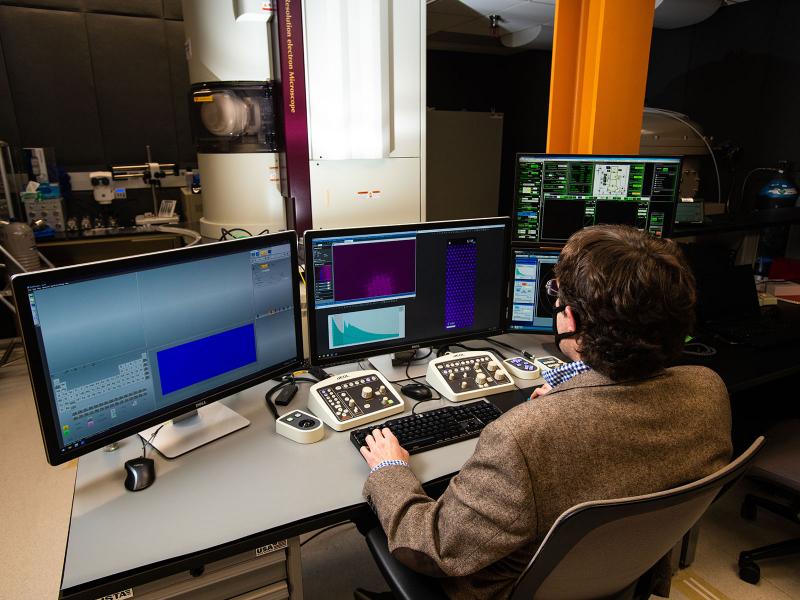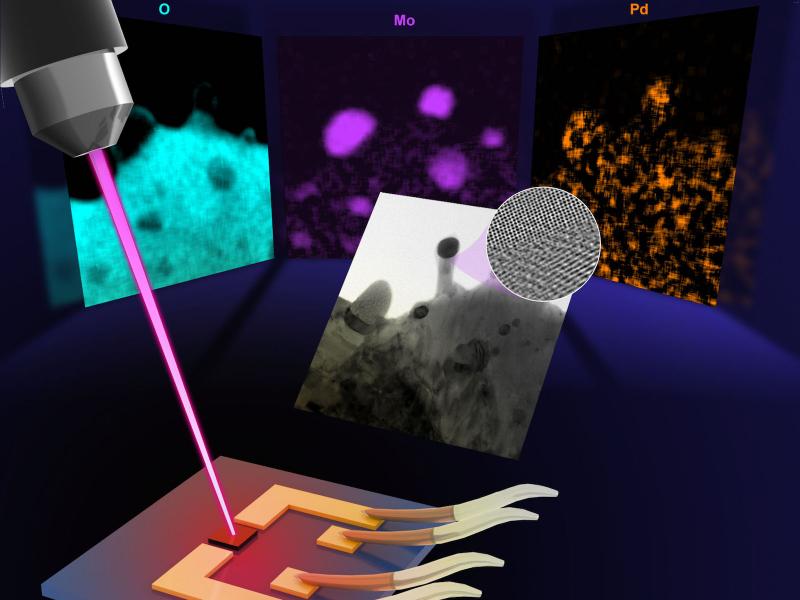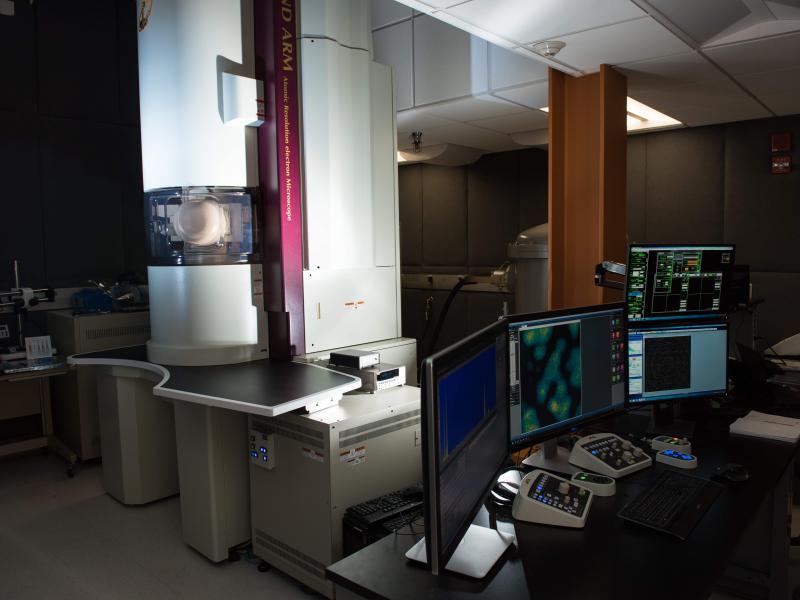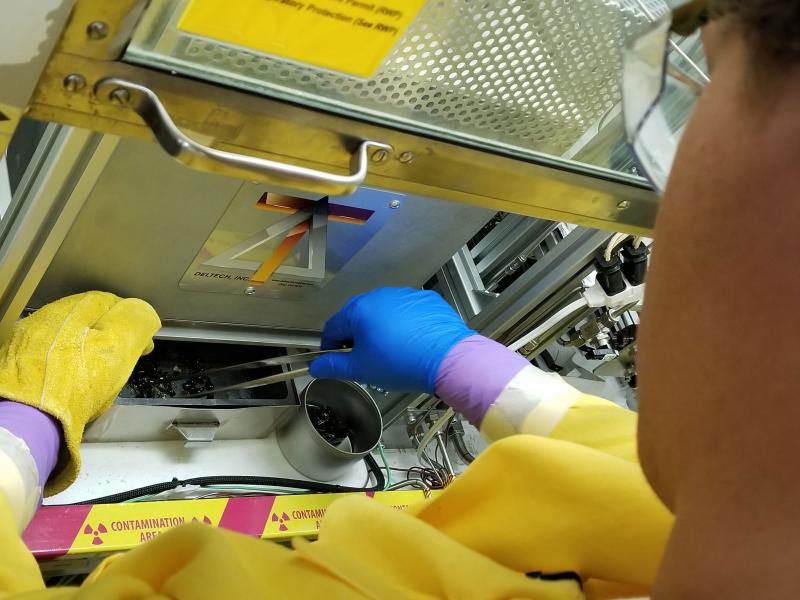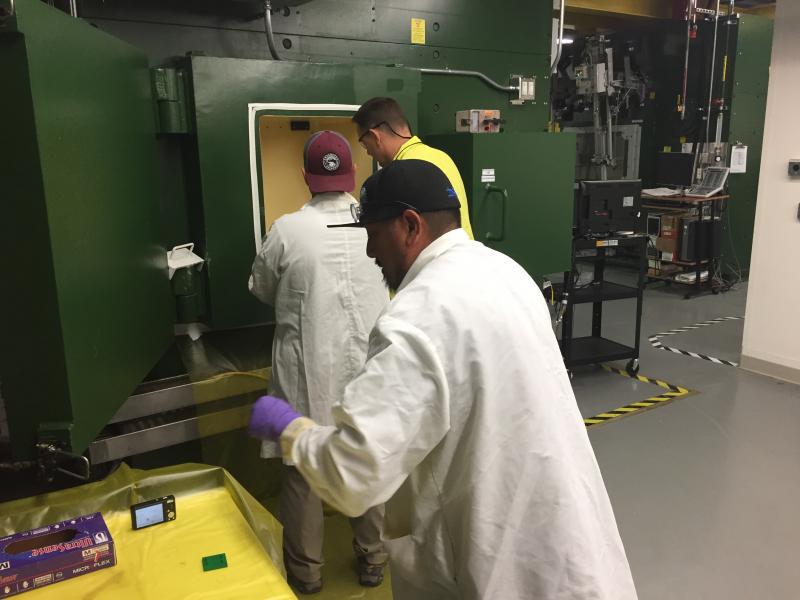
Radiochemical Processing Laboratory
A national asset with multiple missions in the nuclear sciences

At the Radiochemical Processing Laboratory, once known only as the 325 Building, researchers create and implement innovative processes for environmental cleanup and the beneficial use of radioactive materials.
(Photo by Andrea Starr | Pacific Northwest National Laboratory)
The Radiochemical Processing Laboratory (RPL)—a Hazard Category II non-reactor nuclear research facility—has been assisting the nation with critical mission needs in nuclear science since 1953.
Located in Hanford’s 300 Area, RPL continues to carry the baton for groundbreaking radiological research and development. Focused on PNNL’s core research missions, RPL staff execute projects that promote reactor safety, improve and expand nuclear waste clean-up efforts, isolate isotopes to cure cancer, and advance nuclear nonproliferation technology.
Upon its completion in 1953, RPL measured 116,000 square feet and its main purpose was to evaluate, develop, and integrate technologies and provide solutions to applied engineering problems involving radiological materials. By the early 1960s, RPL added extensive hot-cell capabilities with the opening of two new wings—the High-Level Radiochemistry Facility and the Shielded Analytical Laboratory. Now, multi-faceted projects are carried out under a single roof with researchers having access to hot cells, gloveboxes, and radiological fume hoods—all combined with advanced scientific instrumentation.
Since then, the diverse scientific successes within RPL include developing and proving materials to enable Fast Flux Testing Facility production and operation, as well as developing methods for life-saving yttrium-90 production. RPL also has enabled process commercialization, development and testing of processes for waste characterization and treatment of highly radioactive tank waste and K-Basin sludge, and characterization of a miniscule Waste Isolation Pilot Plant sample to study the progression of a 2014 accident—helping to enable restarting the repository.
RPL is a key part of PNNL’s national security mission. Staff produce sealed nuclear material sources to test nonproliferation instruments and processes. And RPL houses the only radionuclide laboratory in the United States certified by the International Monitoring System of the Comprehensive Nuclear-Test-Ban Treaty Organization to process air particulate samples to detect radioactivity.
Research opportunities in RPL continue to expand, with investments in advanced scientific instrumentation and access as a partner institution with DOE’s Nuclear Science User Facilities program. RPL’s rich history for peacetime efforts was recognized by the American Nuclear Society in 2017 with the Nuclear Historic Landmark Award.
RPL’s key capabilities in radiochemistry include process development, chemical and physical separations, tritium processing, spectroscopic online process monitoring, radiological nuclear resonance spectroscopy, and nuclear forensics. Another main mission area is nuclear materials characterization, which includes post-irradiation characterization, microanalysis, spent nuclear fuel, reactor dosimetry, and nuclear non-proliferation monitoring.
Whether through characterizing low-enriched uranium fuel, preparing and distributing plutonium sealed sources for radiation detection, or by providing scientific solutions to nuclear waste disposal, RPL continues to make PNNL a leader in the nuclear sciences.


